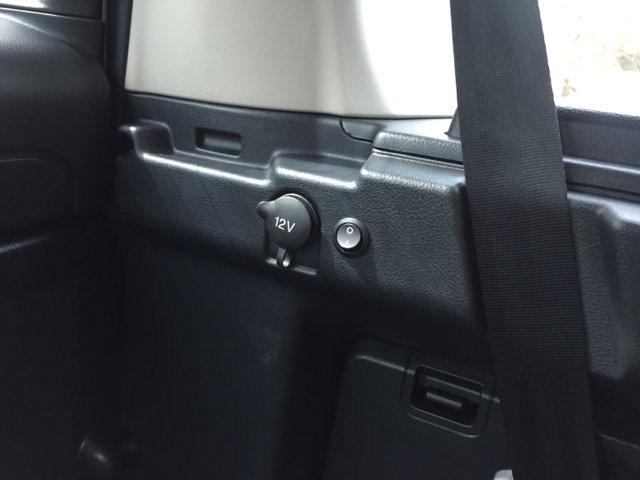
Originally Posted by
Silenceisgolden

Have you considered LiFePO4 batteries? Half the size and weight per usable amp/hours. Redarc do a BCDC set up for LiFePO4's which also accepts solar input. This would be the Rolls Royce of DBS's.
Putting every thing else aside the key issues with LifePO4 at the moment is their price which is around 3 times that of any other battery and given the average user will not get the longevity benefits from this type of battery I suggest there is plenty of life left in the current range of normal (AGM, SLA & Calcium) batteries yet.
We have a dual LifePO4 system in our Ultimate which is a necessity for me as it runs the inverter and my CPAP machine perfectly so happy we can camp remotely for extended periods and rely mainly on the amorphous panels to keep the batteries topped up
In regard to our D4 we have been using the Traxide system over the last year since we purchased the car and our duty cycle on battery use is significantly higher than the average owner as we operate a tag along and training business so cars, campers and fridges are on the go all the time
So far the Traxide system has worked as described and a key issue is keeping the batteries conditioned on a regular basis. I have no issues with the reserve capacity of the yellow top thus far powering a 50L Waeco CFX. It gives us a few days if not topped up by the alternator but as the car is used daily that is not really an issue. As well we can plug the panels in if required
It is all about how you approach your needs in a systemic way
Rob
Rob
MY15 TDV6. Compomotives with KO2's, Traxide 160-DBMS, Llams, OE bar, custom rear storage slide, Rhino roof storage system, LSM TPMS, ICOM 440N, rear ladder and GOE compressor guard







 Reply With Quote
Reply With Quote


 . It goes like a dream and am very much looking forward to our trip to Arkaroola next month in it.
. It goes like a dream and am very much looking forward to our trip to Arkaroola next month in it.
Bookmarks